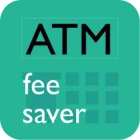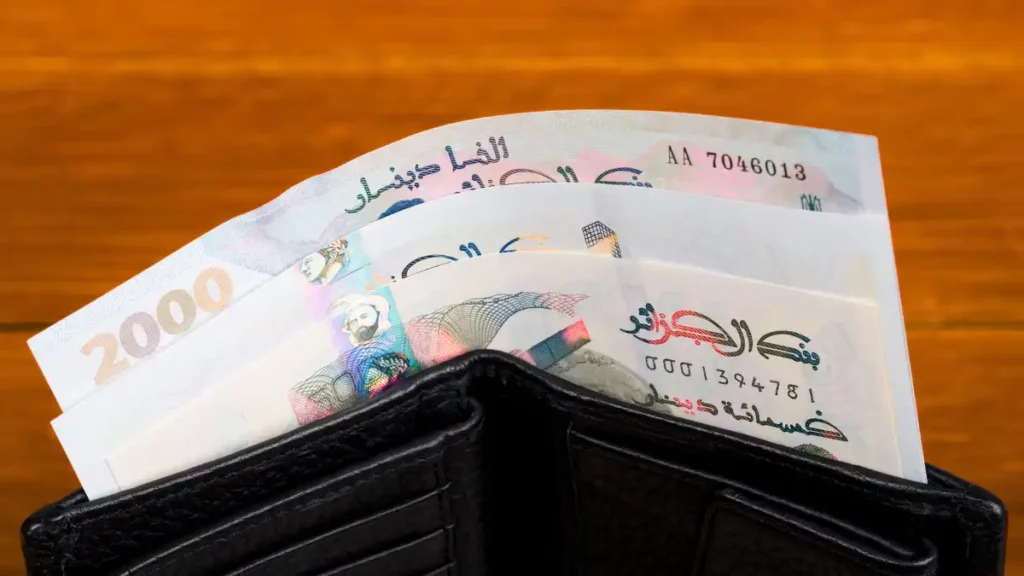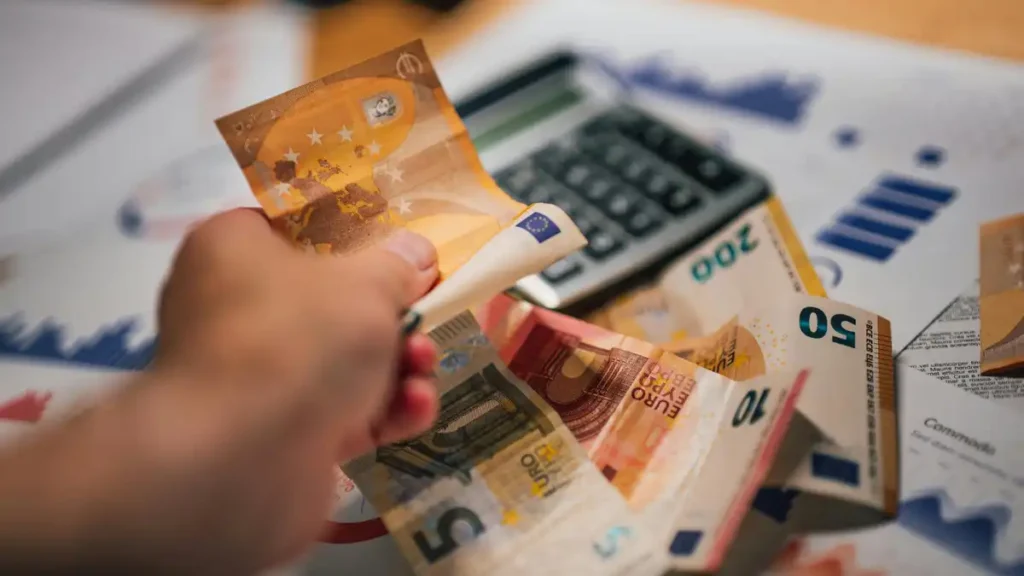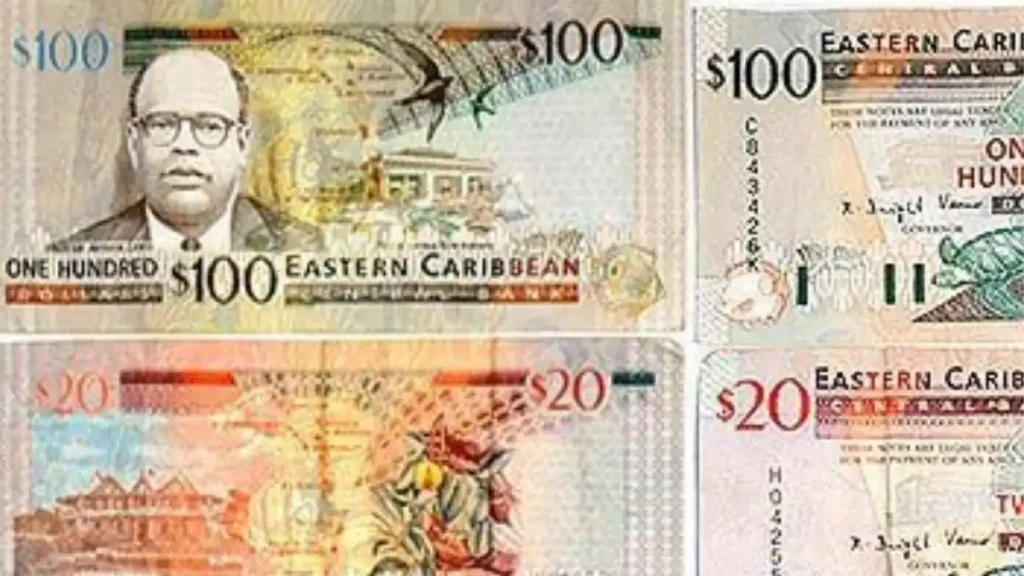Hungary blends old-world charm with modern flair, from the cobbled streets of Budapest to countryside thermal spas. But to make the most of your visit, it’s essential to understand currency in Hungary. The Hungarian Forint (HUF) is the local currency-even though the country is in the EU, it does not use the Euro. While cards are widely accepted in cities, cash remains necessary in rural areas, historic baths, and local markets. This guide covers the smartest ways to get money in Hungary, avoid hidden fees, and keep your finances safe as you explore this culturally rich destination.
How to pay in Hungary – cash or card?
In Hungary, urban areas such as Budapest widely accept credit and debit cards, reducing the need for cash. Carry cash for smaller purchases or in more rural areas where digital payments are not popular.
You can use cash for:
- Budget hotels
- Hostels
- Local tour operators (especially outside Budapest)
- Tips and gratuities (customary in restaurants and taxis)
- Street food
- Small eateries / restaurants (especially countryside)
- Sit-down restaurants (especially non-touristy ones)
- Small purchases
- Local expenses at grocery stores, local shops, street vendors
- Local buses (some regional buses still take cash)
- Local taxis (many still prefer cash)
- Mobile SIM and phone top-up (at kiosks)
- Laundry services
- Tailoring services
- Nightlife / bars (cash is common in ruin bars)
You can use card for:
- 4 and 5 star hotels
- Large tour operators
- Shopping at malls
- Entry fees to museums, thermal baths, landmarks
- Local trains and metros (Budapest public transit supports contactless)
- Airport transport (airport bus and train accept cards)
- Sit-down restaurants (Budapest)
- Upscale restaurants
- Online bookings for upscale hotels, flights, tours
- Spas (e.g., Széchenyi Baths)
- Vehicle renting
- Emergency medical clinics / pharmacies
- App-based taxis (like Bolt)
Hungary is transitioning quickly to digital payments in cities, but cash (Hungarian Forint – HUF) is still essential in rural areas and for smaller services.
What’s the best currency to take to Hungary?
Hungary’s primary and most accepted currency is the Hungarian Forint (HUF). Note denominations include Ft 500, 1000, 2000, 5000, 10,000, and 20,000.
Euros are accepted in many tourist destinations, large hotels, and some shops, particularly in Budapest. However, for the majority of transactions, particularly in small towns or for everyday purchases, the local currency is strongly preferred. US Dollars and Pounds are generally not accepted.
So, Hungarian Forint is the best currency to take to Hungary.
Where to get the local currency in Hungary?
In Hungary, you can get the local currency in 3 ways. These are:
ATMs, or
Currency exchange
Money transfer and local pick-up
Pro Tip: Avoid purchasing Forint in your home country as its not a widely popular currency around the world. So it will be difficult to find at home (outside Europe), and if you do, the exchange rate will be low.
Types of cards to swipe in Hungary
Visa and Mastercard transactions are commonly accepted for swiping. You might also find some places that accept Amex and other cards, albeit less frequently.
Types of cards at ATMs in Hungary
When withdrawing money in Hungary, majority of the ATMs will accept Visa, Mastercard, Cirrus, Plus and Maestro cards. Some of them accept JCB cards. Cards such as Amex, Unionpay, Diners, Discover, Rupay are not usually accepted by many ATMs.
Should I exchange money before travelling to Hungary?
Hungary uses the Hungarian Forint (HUF), and it’s helpful to bring a small amount for immediate expenses such as taxis, local transport, or tips. HUF can be difficult to find abroad, and exchange rates outside Hungary are often less favorable.
It’s generally better to withdraw HUF from ATMs upon arrival. ATMs are widely accessible in Budapest and throughout the country, including at airports. Most machines accept Visa, Mastercard, Cirrus, and Plus cards-just check your bank’s fees before using them abroad.
Currency exchange offices are easy to find in cities, especially in tourist areas and shopping centers. They usually offer better rates than airports or hotels, but always compare the buy/sell rates and ask about hidden fees.
Credit and debit cards are widely accepted in Hungary, including at restaurants, shops, and hotels. However, cash is still commonly used, especially in markets, rural areas, and for public transport or small purchases. A combination of cash and cards ensures a smooth trip.
Where to withdraw money in Hungary
The best ATMs for foreigners to use in Hungary are those owned by popular banks such as:
- Unicredit
- OTP Bank
- K&H Bank
- Raiffeisen
- Erste Bank
- CIB Bank
Other banks have ATMs that accept international debit and credit cards.
For a detailed guide, read Cash and ATMs in Hungary.
Discover fee-free and low-fee ATMs on the ATM Fee Saver mobile app for iOS and Android. This app provides ATM PINs and details of leading bank ATMs such as ATM fees and withdrawal limits for foreign cardholders at ATMs in Hungary. Moreover, its simple fee calculator helps you determine exact withdrawal charges. You can also find cash tips and tricks on the app for 160+ countries including Hungary. Download now from the App Store or Play Store.
Where to exchange currency in Hungary
In Hungary, you can exchange currency at authorised currency exchanges, banks, airports, and hotels, the most popular being authorised currency exchanges.
Hungary has a very competitive currency exchange market, and “Pénzváltó” offices are commonly found in all major cities. Budapest, in particular, has dozens of exchange providers with very competitive rates.
Best areas in Budapest:
Váci Street and Deák Ferenc Square
Near Nyugati and Keleti railway stations
Shopping centers like Westend and Arena Plaza
- Notable currency exchanges are:
Correct Change
Exclusive Change
Northline
Interchange Budapest
Most operate from 9:00 AM to 8:00 PM, including weekends.
- Banks Offering Currency Exchange:
OTP Bank
UniCredit Bank Hungary
Raiffeisen Bank
CIB Bank
While banks are safe, their rates are often less favorable and they may charge commissions.
💡 Tip: Avoid exchanging money at the airport or train station unless absolutely necessary, as rates are poor. Always ask for a receipt and verify commission terms before exchanging.
Pro-tips:
Stay away from airport exchanges – Poor rates
Avoid the black market – Be wary of being conned.
Include fresh notes – If your notes are damaged or dirty, you can expect to pay more or less.
Is carrying money in Hungary safe?
Yes, carrying cash while travelling in Hungary is generally safe. Of course, you will need to carry some cash with you at all times because you may need it for the various purposes mentioned earlier in the article. Here are some tips for keeping your money safe while travelling in Hungary:
Some safety tips for carrying cash while travelling in Hungary are:
- Carry only the cash you need.
- Do not keep all the cash in one pocket or wallet.
- Put some cash in a safety belt or fanny pack.
- Do not flash your cash.
- When paying, do not remove or display your entire cash.
- Keep wallets preferably in front pockets.
- Cross-wear your purses if possible.
- Hold your purses, wallets and bags close and tight on crowded streets and in public trains and buses.
- When withdrawing cash, keep the cash low while you count it so people around don’t see it.
- If you’re dining alone, don’t leave your wallet / bag unattented while you go to the restroom.
- If sitting outdoors in a restaurant, don’t leave your wallets / bags on the table.
Is it better to use debit or credit cards or pay by cash in Hungary
Use a card if it is fee-free i.e. your bank does not charge any fees to swipe the card, when the merchant / POS also does not impose any extra charge to use a card, you need to use the insurance of the card, don’t want to block cash of large purchases and card’s swipe fees are lower than withdrawal fees.
Pay by cash by withdrawing cash from ATM or exchanging currency where – fees on ATM withdrawals are lesser than fees on swiping cards, you don’t want to leave any digital footprint of your expenses, it is convenient and easier to conduct transactions.









